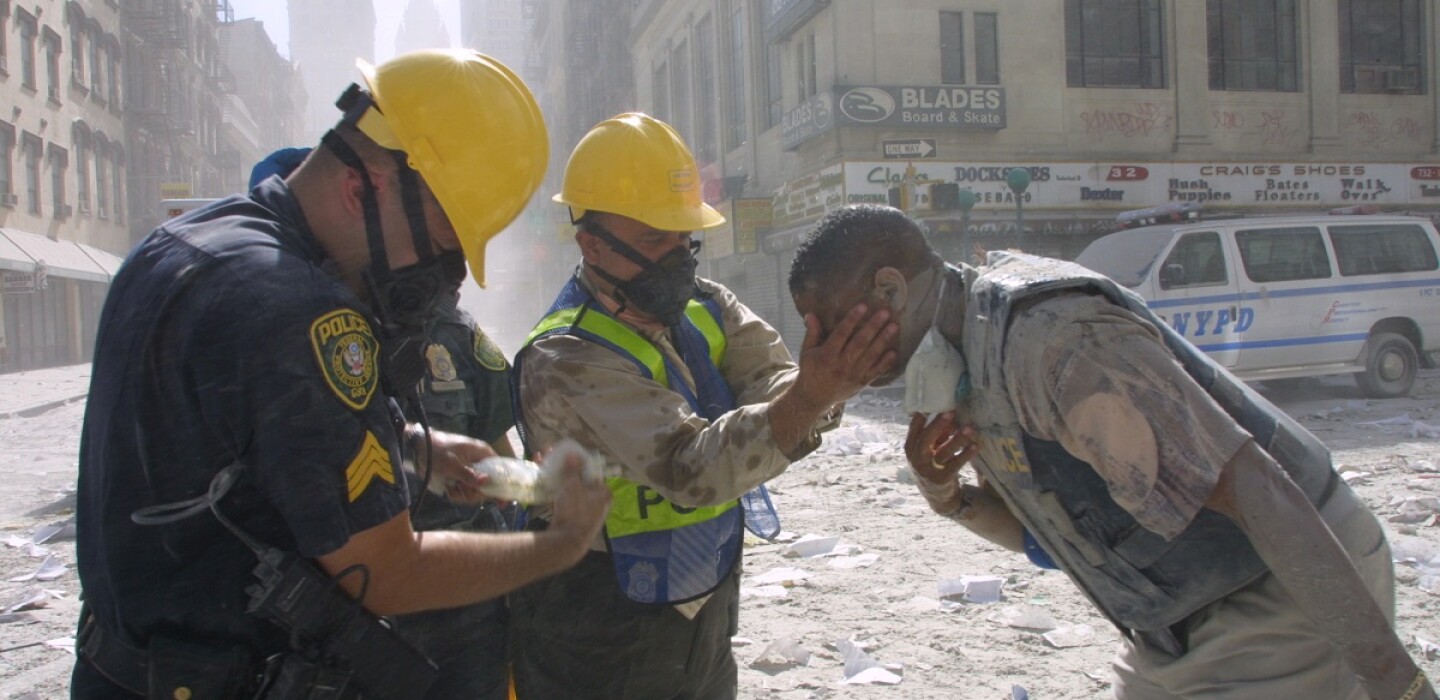
Emergency Personnel Discuss Stressors for PTSD Awareness
(TNS) — Shootings, stabbings, fires, accidents and drug overdoses. Those are some of the calls on which a first responder can be dispatched on any given day.
Responding to one of those scenes can be stressful not only for police officers, paramedics and firefighters, but for those who take the emergency calls and dispatch personnel.
On Wednesday, Albany Fire Department and emergency dispatch officials spoke on the subject of post-traumatic stress disorder (PTSD) as the month of awareness for that condition winds down and discussed how they help employees deal with it.
Some 20 percent of firefighters will be affected by PTSD over the course of his or her career, Assistant Fire Chief Ken Turner said. Fire department personnel wore teal ribbons on Monday for PTSD Awareness Day.
“When there’s a report of a fire and that someone’s trapped inside, there’s an adrenaline rush and you want to get there as fast as you safely can,” Turner said of one of the more stressful situations a firefighter faces. “What I find to be one of the most stressful parts is trying to help people where you go to an auto accident and there are bystanders watching, and a lot of times you get hindered.”
And then there are the cases where, no matter the level of help rendered, the victim cannot be saved.
“There are people you want to help and you can’t help them,” Turner said.
One way the fire department assists employees is by holding a debriefing session each time they respond to a traumatic situation.
The Team Employee Assistance Program also provides support services for firefighters and dispatchers who need help, Sheila Sims , the city-county 911 communications manager, said.
“The fire department has an in-house group of counselors who will speak with people after an (incident) if it was stressful,” she said.
While dispatchers may not go to a gruesome scene, they still face stress in handling the calls from those who are often going through a traumatic event such as the death or injury of a loved one. They also have to assist the caller and gather information to give those responding to the scene a detailed description of what is going on.
“Most of the time it’s getting people to seek help, getting them to ask for the help,” she said.
While PTSD is not as common among dispatchers as it is for those who respond, it does happen and it can sometimes be obvious, Sims said. When a change in behavior is noticed in an employee, Sims said she can privately recommend seeking assistance.
COVID-19 also had an impact on first responders’ stress levels. Although 911 did not lose any employees to the virus, nearly all were affected through knowing someone who was sickened or died, and call volumes spiked during the worst of the pandemic.
Like nearly every other city department, 911 is short of being fully staffed, and dispatchers sometimes pull overtime and double shifts, Sims said.
“We need our people healthy so they can provide the services we need to provide,” she said. “Communications officers are definitely exposed to PTSD due to the increased number of calls they’re dealing with in the communications center. (It’s also) the nature of the calls, whether it’s an accident with fatalities, shootings, stabbings — any calls where there’s loss of life.”
And, Turner added, the effects often are not immediate. It’s the repeated exposure to traumatic scenes that can, over time, lead to PTSD.
“It could be a year or two after it’s happened,” Sims said. “When you see a change in someone’s behavior, that’s the time you need to start taking that self-care.”
___
©2022 The Albany Herald, Ga., Distributed by Tribune Content Agency, LLC.


Average Rating